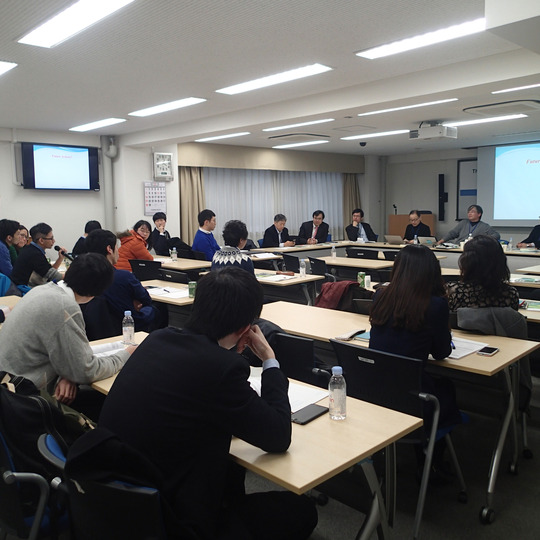
Report: The 2nd East Asian Conference for Young Sociologists Dilnoza MIRDJALILOVA
- Date
- February 1 (Monday) to February 2 (Tuesday), 2016
- Venue
- Main Conference Room and First Conference Room, 3rd Floor, Institute for Advanced Studies on Asia, Hongo Campus, The University of Tokyo
- Organized by
- The Educational Project 4 "Producing Multicultural Communities: Methods, Designs, and Praxes", The Integrated Human Sciences Program for Cultural Diversity (IHS), The University of Tokyo
Participation in "The 2nd East Asian Conference for Young Sociologists" at The University of Tokyo was one of the most informative and inspiring research activities I have had for the last few years. The conference aimed to provide scholars and graduate students with the chance to present their research findings that were associated with sociology or related disciplines. It was an exciting prospect for young sociologists and social scientists from Taiwan, Hong Kong, South Korea, and Japan to focus on the topics related to the East Asian Area studies, and to share these findings as well as to learn from the discussions with other scholars and graduate students.
The conference was also a unique opportunity to present my small project that was related to Japan's cultural diplomacy. The project implementing Joseph Nye`s concept of `soft power` as a theoretical framework discussed how Asian students perceive the influence of Japan and analyzed whether this influence had any relationship with the consumption of Japanese popular culture products, interest to study in Japan, and the proficiency in Japanese language. To do so, the researcher analyzed the Asian Student Survey Dataset, which shed some light on the reception of Japan's influence by Southeast Asian, Chinese, and South Korean students. The results revealed that Southeast Asian students viewed the influence of Japan generally more positively than the influence of China or US. This was especially true for the students from Malaysia, Indonesia and Vietnam. However, the Chinese and South Korean students had lower estimations toward the influence of Japan and regarded the influence of Russia or US more positively. In addition, the results from the multiple regression analysis indicated the consumption of Japanese TV programs; movie and animation had significant contribution to the image of Japan. However, the contribution was very small accounting only to 6% of variation in the model. Among all these factors, the interest to study in Japan gave substantive influence to the reception of Japan's influence after controlling for all other variables.
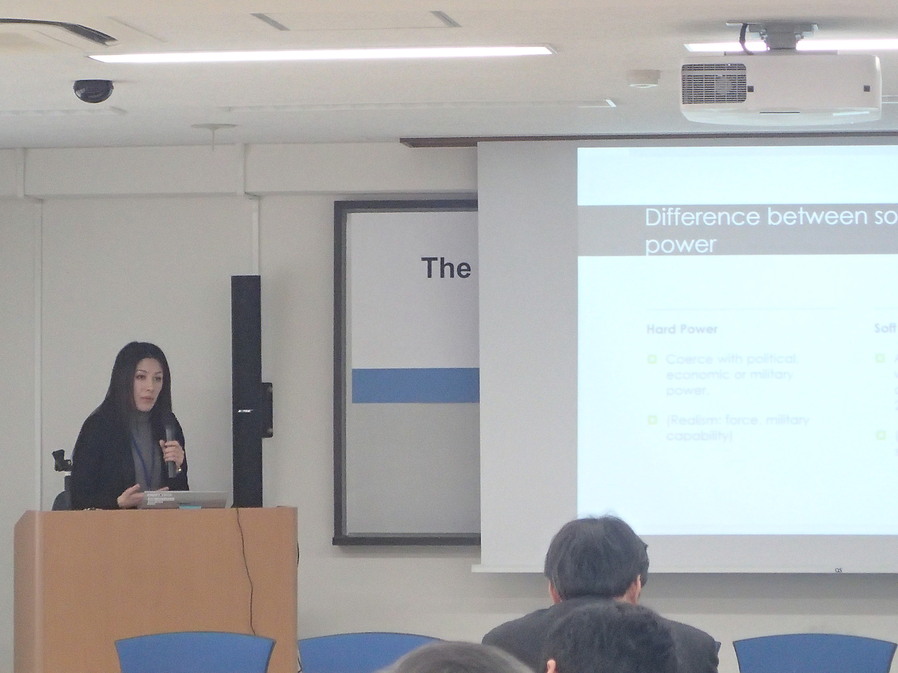
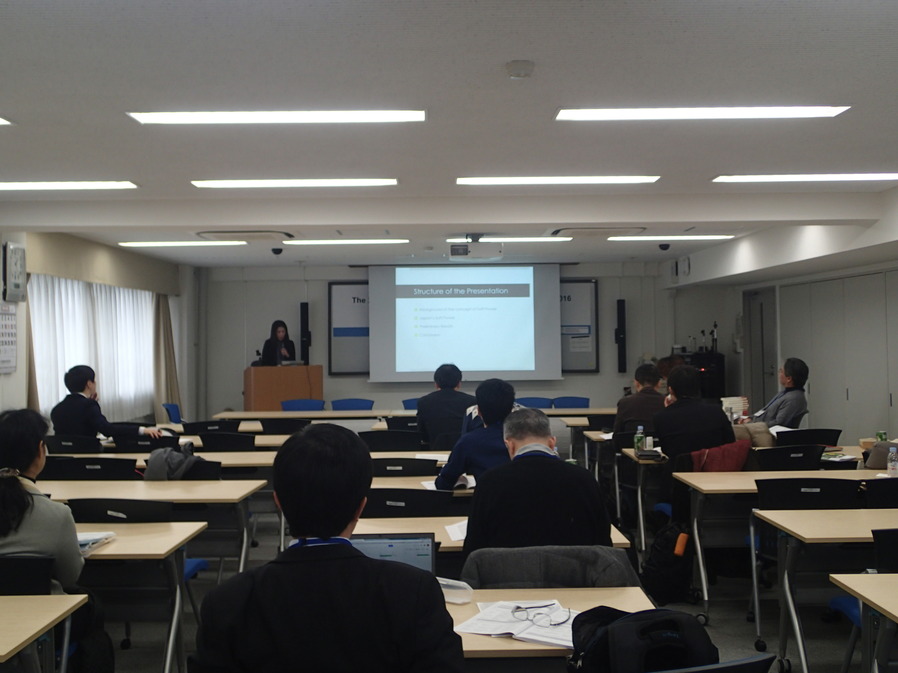
The conference was also a unique opportunity to present these and other findings from the analysis of data and receive constructive comments related to the theoretical framework, and the recommendations related to the organization of paper. I was further recommended to run the multiple regression analysis to predict the interest to study in Japan from a set of independent variables such as Japan's image, proficiency in Japanese and proximity of Japanese culture. Moreover, the conference provided me an invaluable chance to improve my research presentation skills as well as to get insights into various methodological approaches - qualitative and quantitative, related to Asian Studies. The subsequent question and answer period served as a hub for all the participants, including myself, to handle the flow of questions and comments. Besides, the conference allowed meeting with scholars and professors to establish academic networking, and to identify common areas for a potential future collaboration.
Moreover, I also learnt a lot from the presentations of fellow graduate students. One of the interesting presentations that caught my attention was one about the creation of Chinese dances in Taiwan. Thanks to this presentation, I came to know that the Chinese dance as a form of art was an invented tradition by the Nationalist Government (KMT) that has its roots back in the 1950s. Post World War II period witnessed dissemination of Min-Zu Dance in Taiwan and the presenter was interested in the mechanisms of promotion and propagation of this phenomenon. Learning about the origins and development of this art was very much enlightening.
Overall, the conference provided me with an exchange of views and experiences on East Asian Studies and helped me to relate those practices to my own research, to improve research presentation skills, and to get insights into both qualitative and quantitative approaches for Asian Studies, and to develop networking opportunities in respective universities in Asia. Last but not least, I would also like to express my gratitude to the IHS Program for organizing and providing with an invaluable experience.
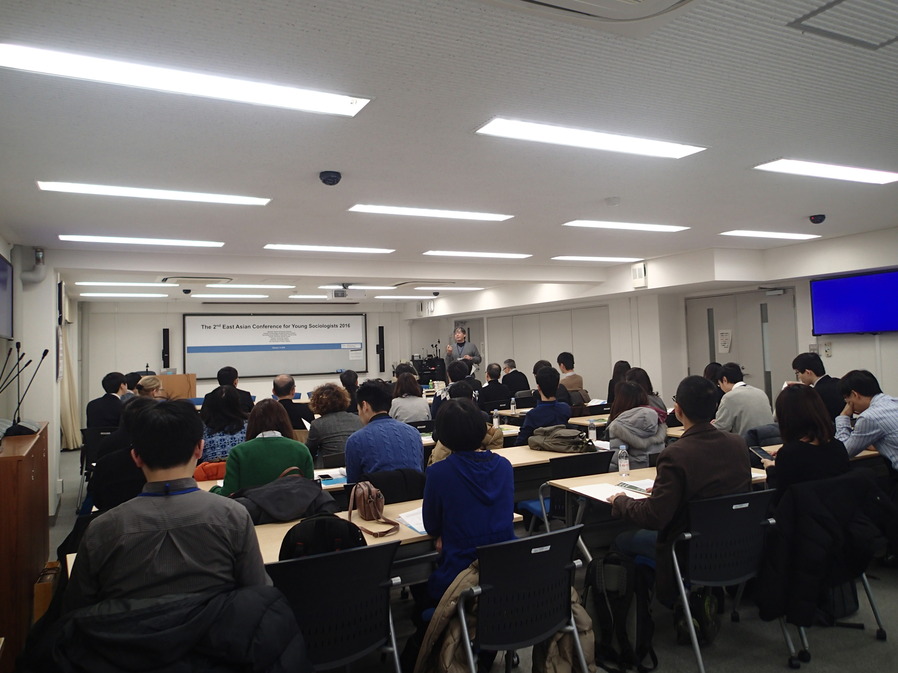
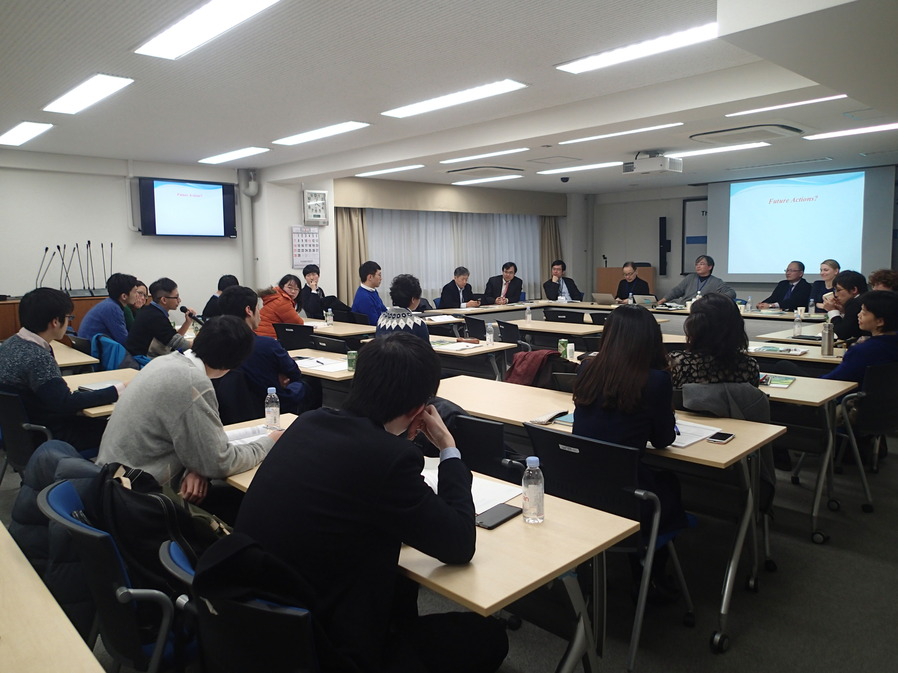
report date : February 5, 2016
